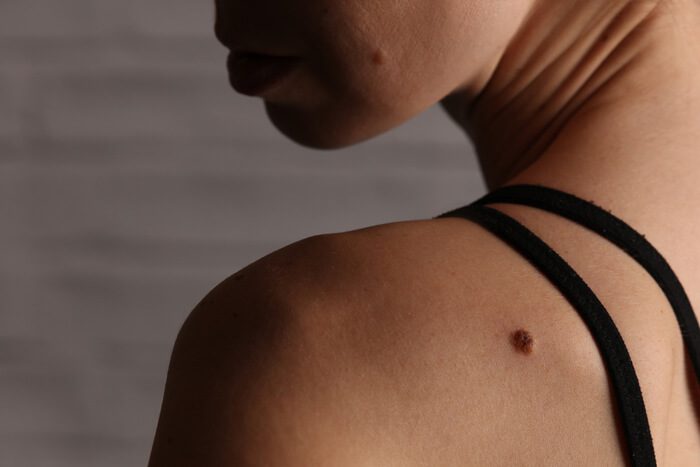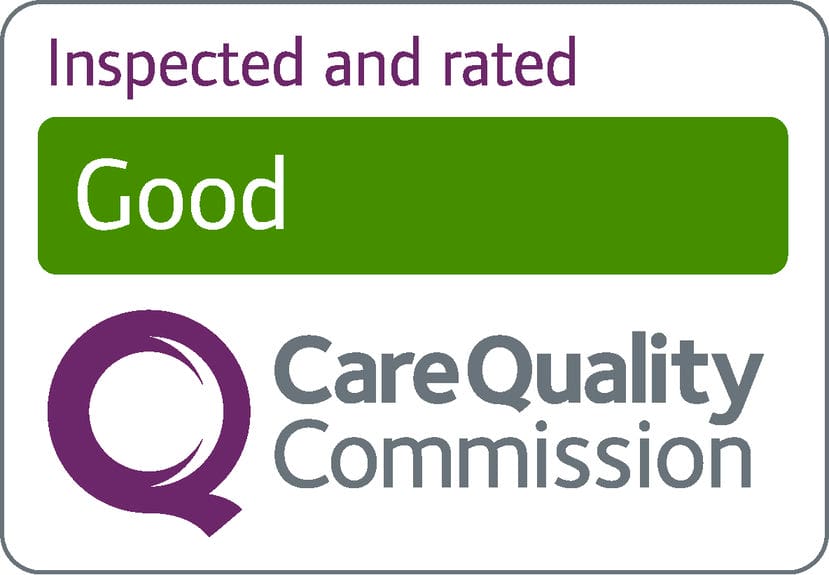Yes. But this is said with caution.
Skin Tags: What Are They?
Skin tags are non-cancerous, small, skin-coloured, painless growths on your skin. You may have one or you may have many.
You can usually identify them as soft and smooth to touch. They hang off your skin, rather than appear as a raised lump and they are not something that you can catch or spread to someone else.
Skin tags are commonly found in areas that rub against clothes or folds of skin; underarms, the groin, neck, the folds of buttocks, under breasts and on eyelids are common. As you can imagine, these are all areas where rubbing clothes or skin-on-skin is common. The cause of skin tags created by skin-on-skin is more common in those of us who are overweight as this can cause additional skin folds and rub.
Pregnant women often notice that they develop skin tags. This is due to changes in hormone levels and, sometimes, more opportunities for skin rubbing.
Removing Skin Tags
As skin tags are not dangerous there is no physical-health reason to remove them. Therefore, the NHS will not remove them for you as they are seen as ‘cosmetic’. However, some people can become upset with the way their skin tags look and often find them uncomfortable if they start to catch on jewellery or on clothing.
Skin tags can be removed comfortably and quickly in several ways, including cautery and minor surgery.
Please do not attempt to remove a skin tag at home, particularly if they are large, as you may not be able to remove it all it can cause heavy bleeding.
Ask An Expert
Word of caution: The most important reason why we always recommend having a skin tag removed by a medical professional is that there are skin cancers that, to a layperson, can look like a skin tag. The last thing anyone wants is for you to partially remove a cancerous lesion, possibly allowing it to spread.
We have seen many patients who come to us believing that they have a skin tag when it is not and, on occasion, have even been misdiagnosed as such elsewhere.
As a rule, skin tags do not randomly grow in places that do not rub, for example, the forehead. Always have any skin lesion checked out that just pops up out of ‘nowhere’.
If your skin tag is getting bigger; if your skin tag is sore; if your skin tag is bleeding; if your skin tag is itchy; has different colours in it; and/or ulcerates it is vital that you get it looked at quickly. It is unlikely, however, if the lesion does get diagnosed as skin cancer, the quicker this process and it’s treated the better.
We see hundreds and hundreds of skin tags and skin lesions at our St. Albans dermatology clinic and most of them are non-cancerous skin tags and lesions that are quick, easy and comfortable to remove.
Can you randomly grow a skin tag? Sometimes. But always get any new or changing skin lesions or skin tags checked out by a medical professional.
Disclaimer: This blog is not to be used for diagnostic purposes. We are all unique which means that our results, recovery and suitability for any type of treatment will vary. Always seek the advice of a professional should you have any health or cosmetic concerns or to discuss treatments specifically for you.





